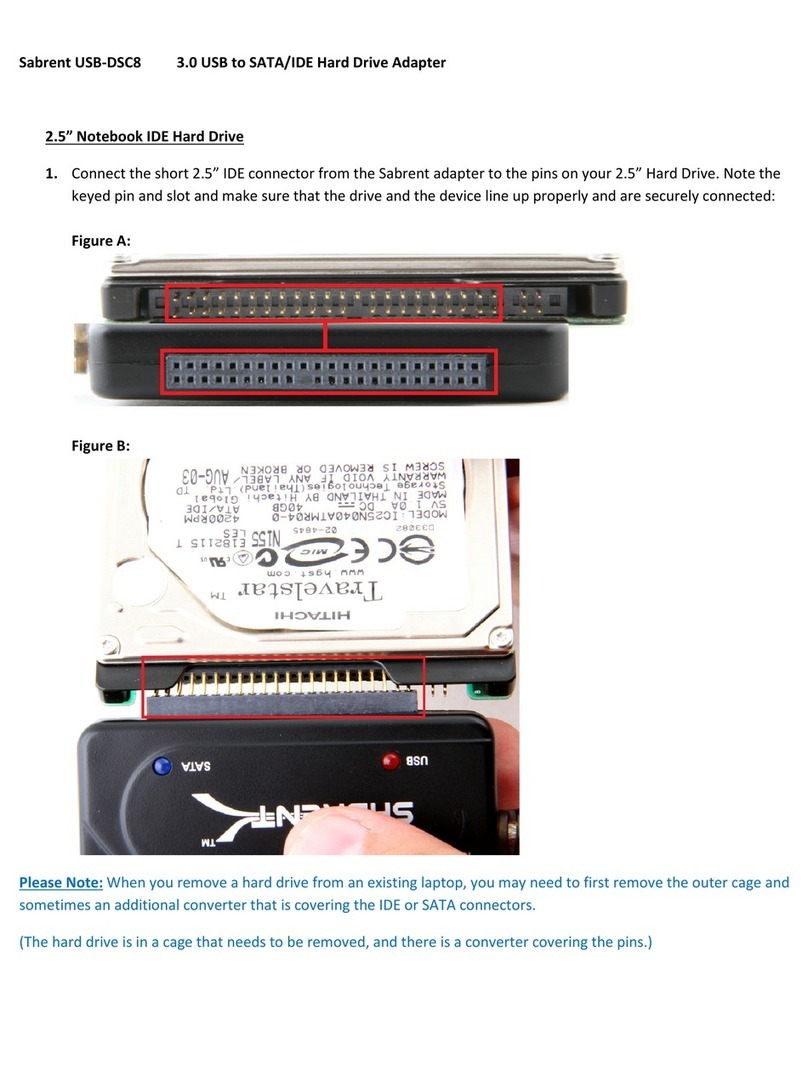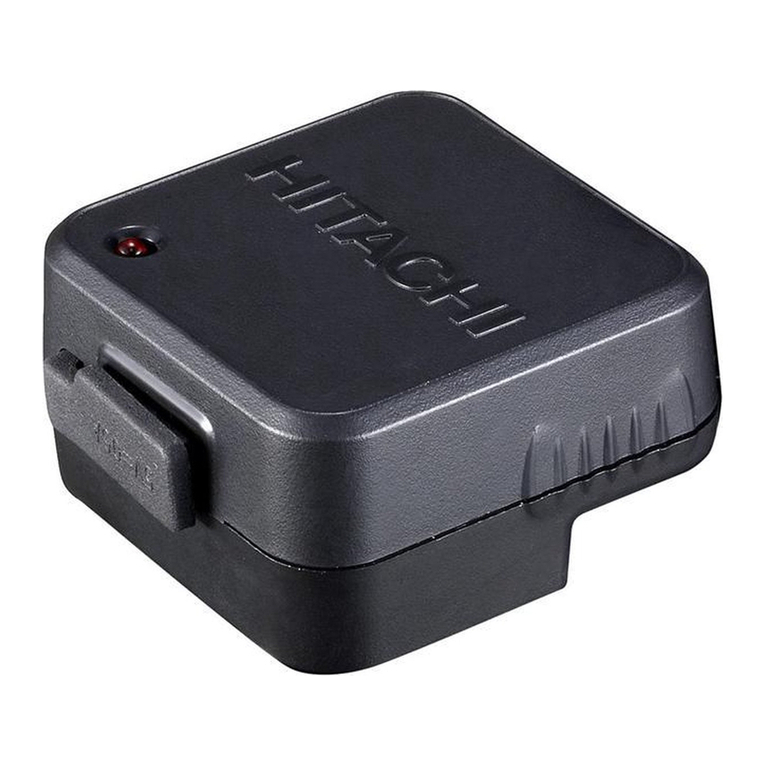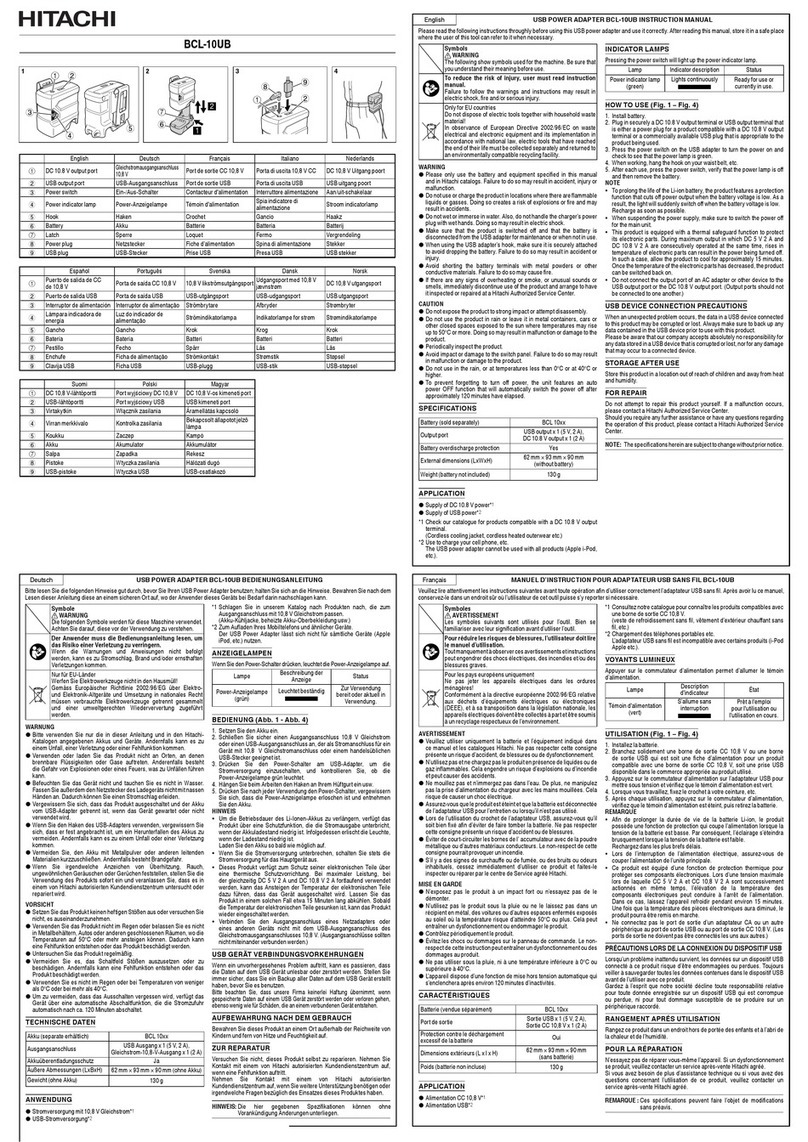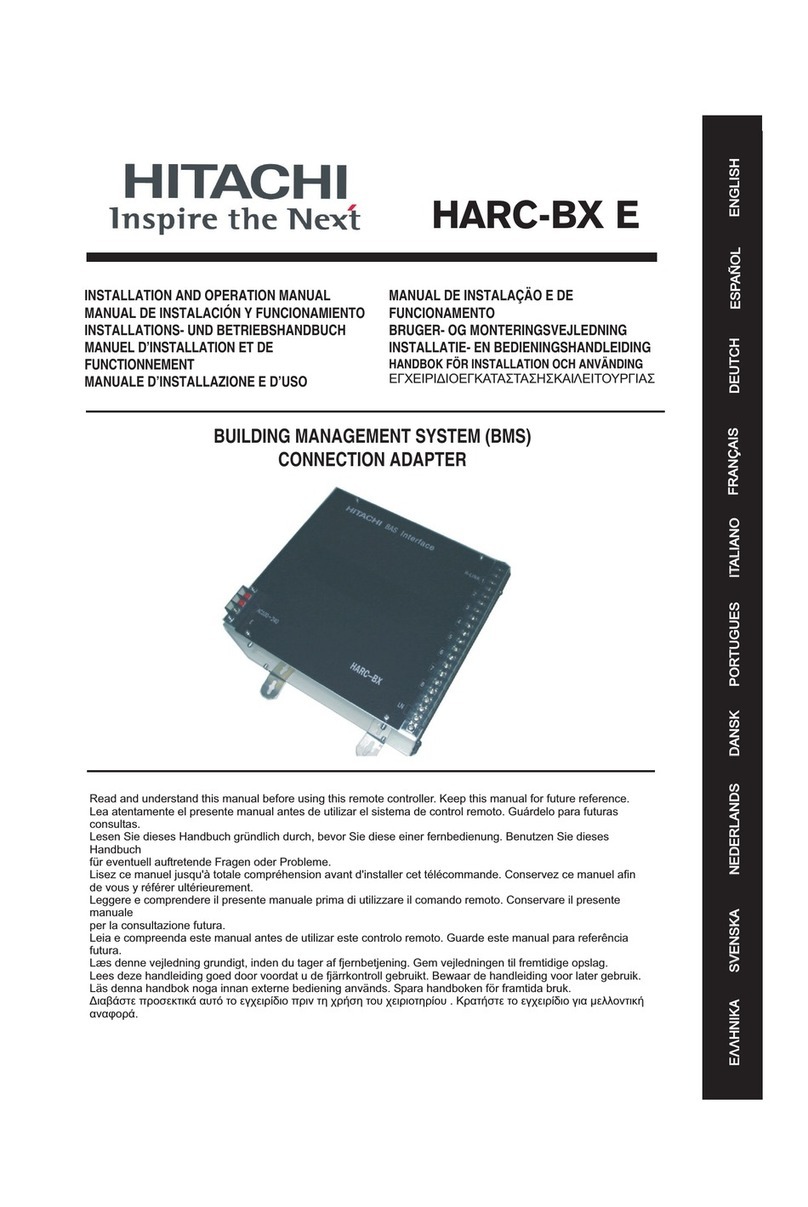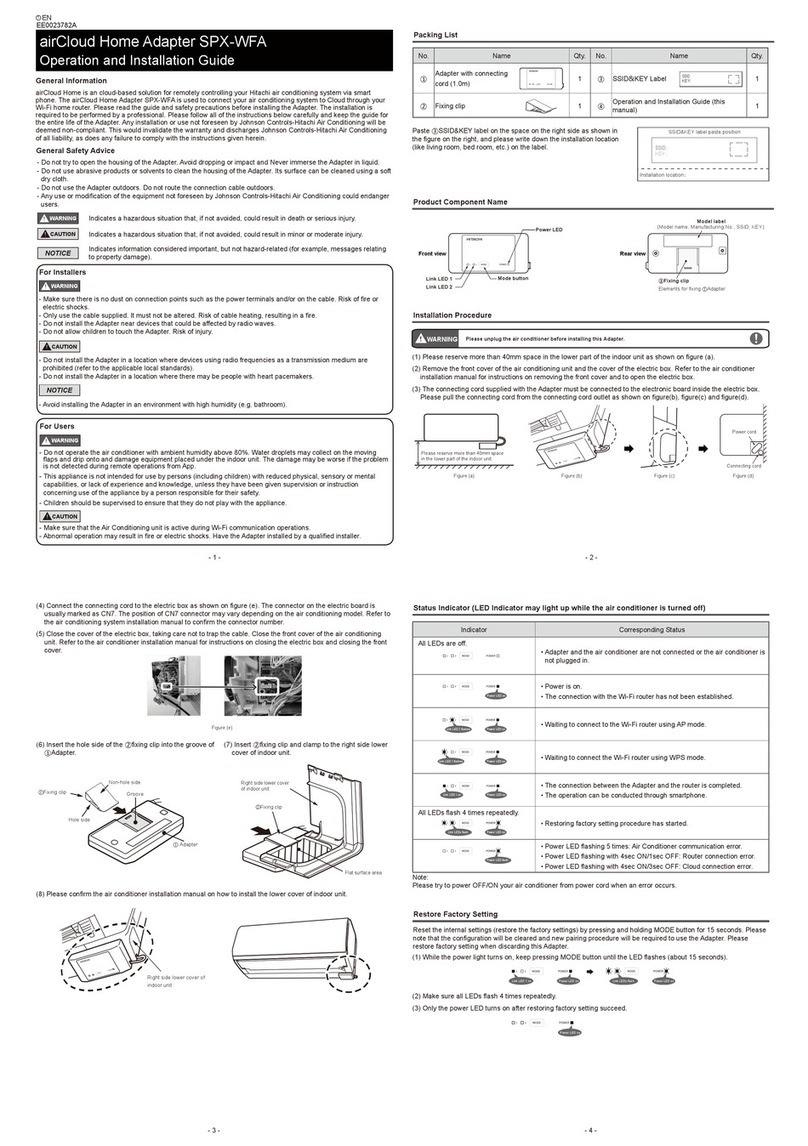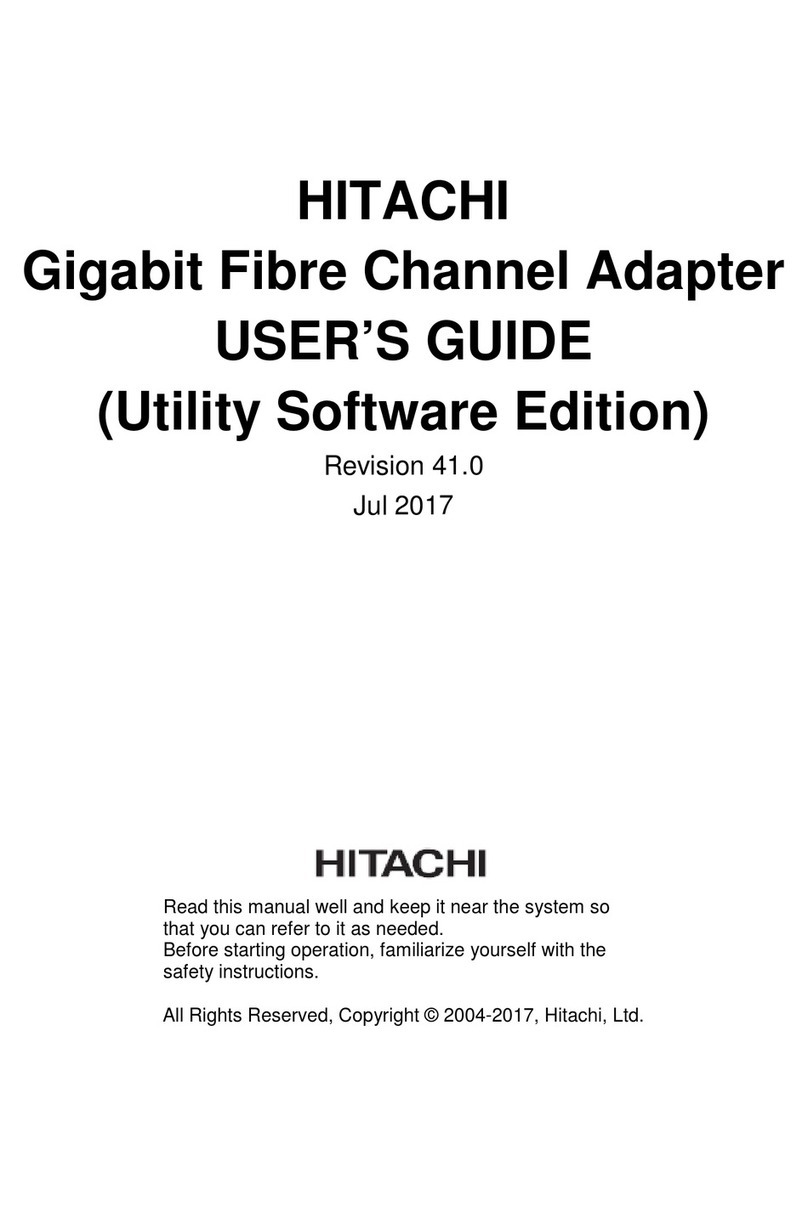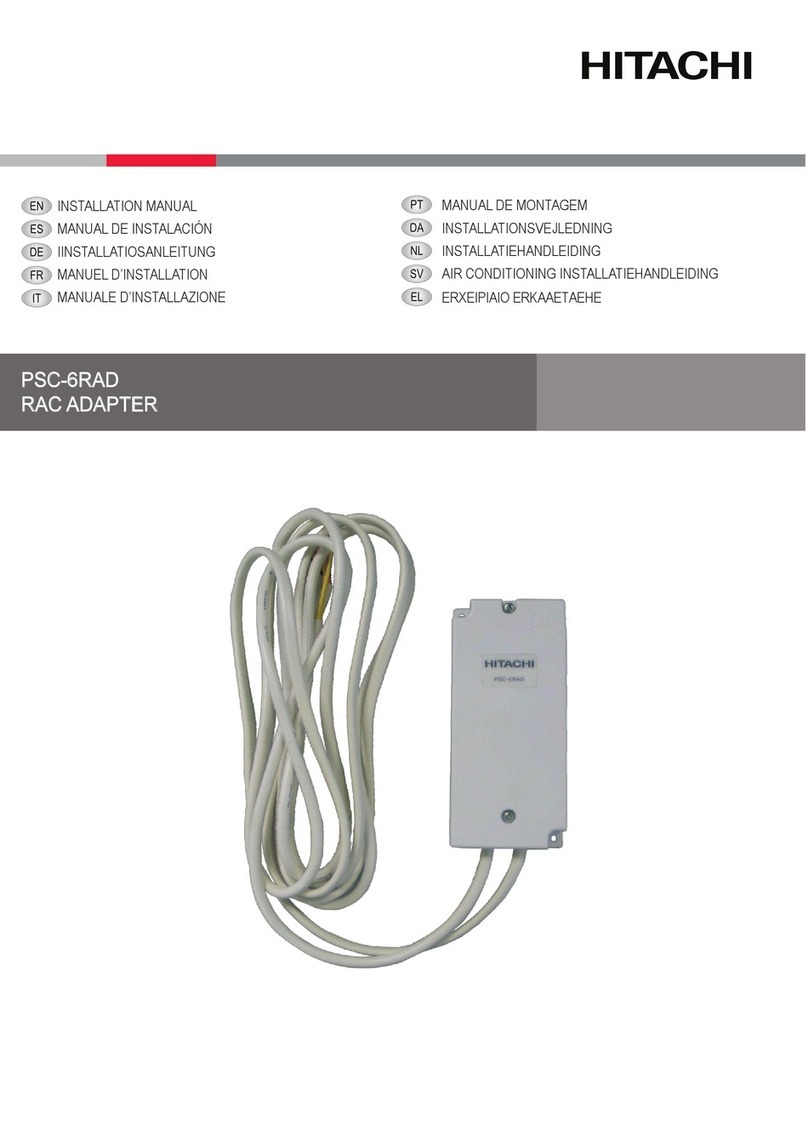Content
1. Important Notes ........................................................................................................................................... 5
1.1.1. Symbols.................................................................................................................................................. 6
1.1.2. Safety Notes........................................................................................................................................... 6
1.1.3. Certification............................................................................................................................................ 6
2. Environment Specification ......................................................................................................................... 7
3. RIO3-PBA (PROFIBUS Network Adapter) ................................................................................................. 8
3.1. RIO3-PBA Specification........................................................................................................................... 8
3.2. RIO3-PBA Wiring Diagram..................................................................................................................... 10
3.3. RIO3-PBA LED Indicator........................................................................................................................ 11
3.3.1. LED Indicator ....................................................................................................................................... 11
3.3.2. MOD (Module Status LED).................................................................................................................. 11
3.3.3. NET (Network Status LED).................................................................................................................. 11
3.3.4. DIA (Diagnostic Status LED) .............................................................................................................. 12
3.3.5. IOS LED (Expansion Module Status LED)......................................................................................... 12
3.3.6. Field-, System Power LED (Field-, System Power Status LED)...................................................... 12
3.4. RIO3-PBA Electrical Interface ............................................................................................................... 13
3.4.1. PROFIBUS Connector......................................................................................................................... 13
3.4.2. Dip Switch ............................................................................................................................................ 13
3.4.3. RS232 Port for MODBUS/RTU, Touch Panel or IOGuide................................................................. 14
3.5. I/O Process Image Map .......................................................................................................................... 14
3.5.1. Example of Input Process Image (Input Register) Map ................................................................... 15
3.5.2. Example of Output Process Image (Output Register) Map ............................................................. 16
4. Dimension .................................................................................................................................................. 17
4.1. RIO3-PBA................................................................................................................................................. 17
5. Mechanical Set Up..................................................................................................................................... 18
5.1. Total Expansion...................................................................................................................................... 18
5.2. Plugging and Removal of the Components......................................................................................... 18
5.3. G-Bus Pin Description ........................................................................................................................... 19
6.PROFIBUS Electrical Interface.................................................................................................................. 20
6.1. G-Bus System ......................................................................................................................................... 20
6.2. PROFIBUS Electrical Interface.............................................................................................................. 21
6.2.1. RIO3-PBA.............................................................................................................................................. 21
6.2.2. Terminator Resistor............................................................................................................................. 22
6.2.3. PROFIBUS Address Setup.................................................................................................................. 23
6.2.4. Choice of PROFIBUS data transfer cable type................................................................................. 24
7. Parameter ................................................................................................................................................... 25
